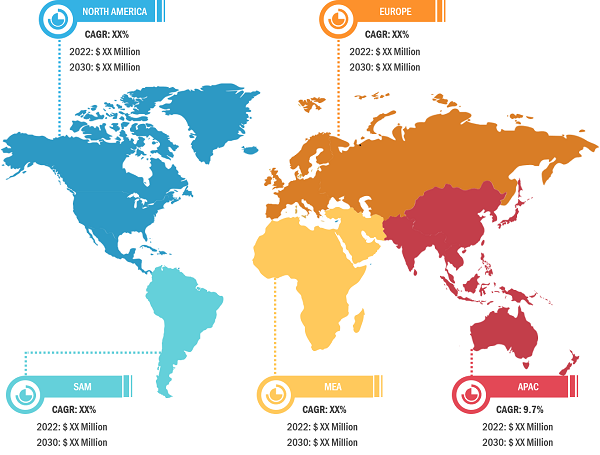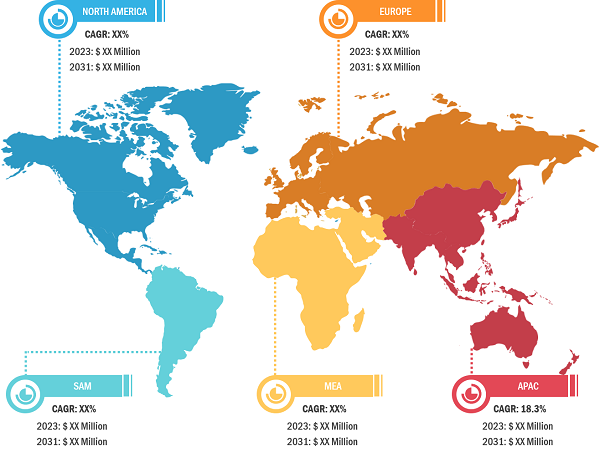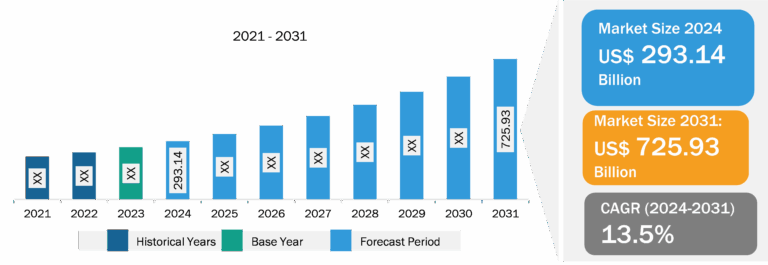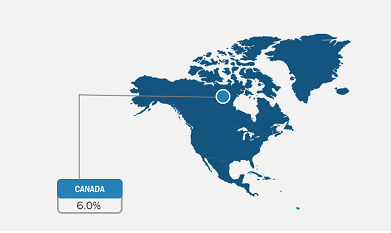
Real Time Production Monitoring Market
Increase in Use of Predictive Maintenance Across Industries to Fuel Real Time Production Monitoring Market Growth During Forecast Period
With the increase in digital technologies, several manufacturing industries are leveraging predictive maintenance. These smart industries use real time data of manufacturing assets and analyze the massive volumes of big data that sensors on the factory floor acquire. This analysis requires predictive maintenance to cut down on equipment downtime. The real time production monitoring system can track equipment and send out alerts so that work is only done when it is actually essential. Also, these systems are frequently provided as modules to supplement enterprise resource planning (ERP) systems with preventative maintenance capabilities similar to those of a standard computerized maintenance management system (CMMS). According to Plant Engineering 2020, 41% of the manufacturing industry uses maintenance through strategies such as predictive maintenance using analytical tools. Several manufacturers are installing several tools for predictive maintenance.
For instance, in March 2023, Volvo Group deployed a private LoRaWAN network for predictive maintenance. In October 2022, ANDRITZ installed a Metris predictive maintenance system at Welspun Advanced Material. The Metris platform uses smart sensors as an energy-self-sufficient and seamless support solution to continuously check machine conditions, even in hard-to-reach places. Thus, the growing use of predictive maintenance drives the real time production monitoring market, as predictive maintenance needs real time data to provide analysis.

Real Time Production Monitoring Market: Industry Overview
The real time production monitoring market is categorized on the basis of component, deployment mode, enterprise size, industry, and geography. Based on component, the real time production monitoring market is segmented into solution and services. By deployment model, the real time production monitoring market is segmented into on-premise and cloud. Based on enterprise size, the real time production monitoring market is categorized into large enterprises and SMEs. Based on industry, the real time production monitoring market is categorized into discrete manufacturing and process manufacturing. The real time production monitoring market, based on geography, is categorized into North America, Europe, Asia-Pacific, the Middle East & Africa, and South America.
In 2022, North America led the global real time production monitoring market with a substantial revenue share, followed by Asia Pacific and Europe. The real time production monitoring market in North America is segmented into the US, Canada, and Mexico. The region is an early adopter of digital technology across the world. In May 2012, the Digital Government Strategy was launched to build a 21st-century government and bring digital revolution across the region to pioneer economic growth and technology adoption. In May 2020, the United States Agency for International Development (USAID) released a Digital Strategy for development and humanitarian assistance in a rapidly evolving digital landscape across the world.
This digital strategy was built to strengthen various industries contributing to the region’s economic growth. In 2021, Canada announced its first digital-government strategy to coordinate digital operations, modernize their IT systems, advance technology adoption, and improve service delivery. Thus, the rising digitalization fuels the adoption of digital solutions across North America, which fosters the demand for real time production monitoring solutions by players across the manufacturing sector to gain a competitive advantage in the market. Digitalization has led to the integration of IoT devices, generating a huge amount of data regarding the production process. Real time production monitoring solutions can help manufacturers capture and analyze the data from production machinery and make decisions from data-driven insights in real time.
Real Time Production Monitoring Market: Competitive Landscape and Key Developments
Capgemini SE, Oracle Corp, Hitachi Ltd, Rockwell Automation Inc, Siemens AG, Dassault Systemes SE, Aspen Technology Inc, Infosys Ltd, sedApta Srl, and General Electric Co are among the leading market players profiled in the real time production monitoring market report. Several other essential market players were analyzed for a holistic view of the market and its ecosystem. The report provides detailed market insights, which help the key players strategize their market growth. A few developments are mentioned below:
- In 2019, Capgemini helped Baker Hughes—a GE company (BHGE)—to create and implement an Industrial Internet of Things (IIoT) solution that gathers data from all manufacturing machines and devices, including furnaces, cranes, machine tools, and the manufacturing execution system. The solution provides engineers and operators with a new level of ability and insight to adjust production at a moment’s notice.
- In 2023, Satisloh announced the launch of an upgraded version of its MES-360 manufacturing execution system. MES-360 has been designed to address the needs of lab managers, production supervisors, machine technicians, and quality teams in mid to large-sized Rx labs.
- In 2021, GE Digital announced a Proficy Smart Factory manufacturing software suite spanning cloud on-premises and mixed architecture software that brings the digital world organized with the physical world to deliver complete operations performance management for connected enterprises. Improving manufacturers’ quality and throughput efficiency, Proficy Smart Factory is an effective operations management solution for discrete, process, and mixed manufacturing environments.
- In 2021, Plex Systems announced the launch of Plex Production Monitoring, a quick-start solution that helps manufacturers gain visibility into real-time plant floor data. Plex Production Monitoring is an advancement of the widely deployed Plex Mach2 solution originally created by Kors Engineering, which Plex acquired earlier.





